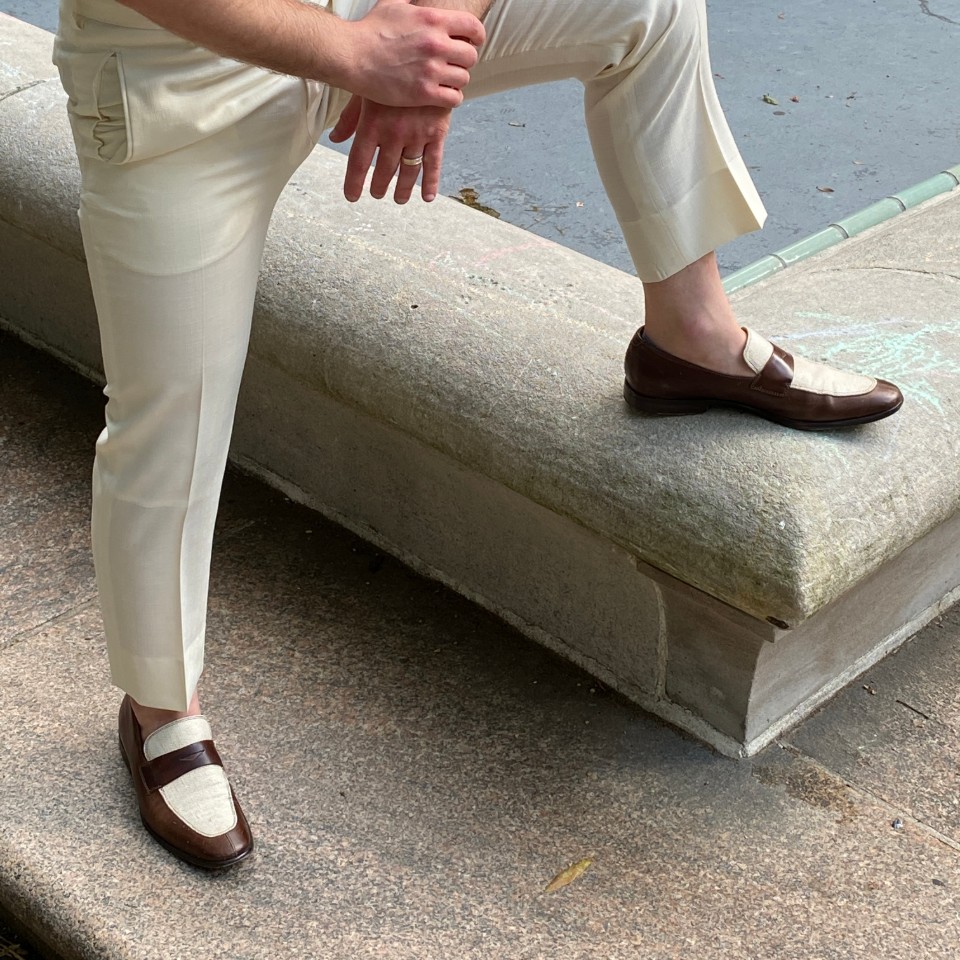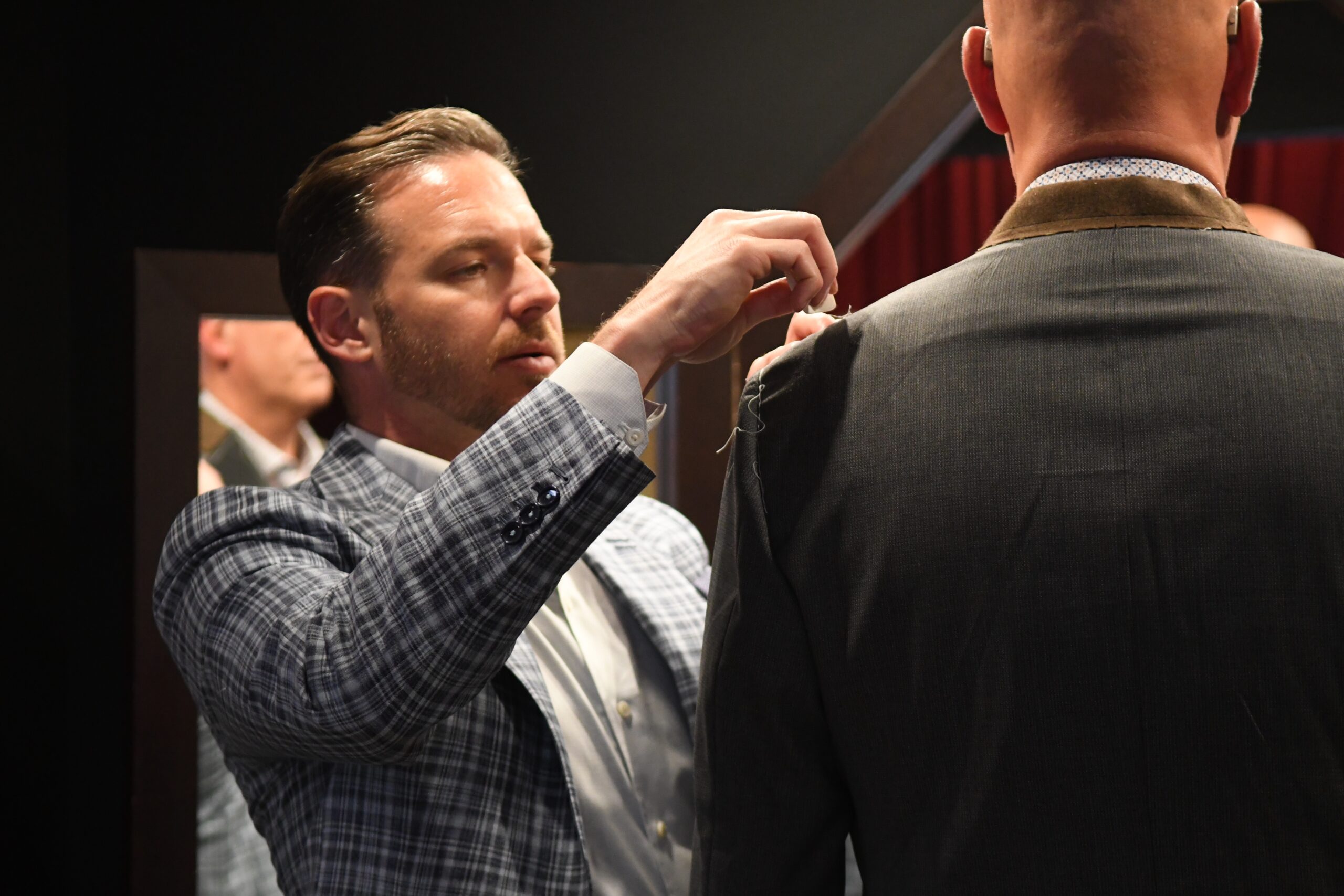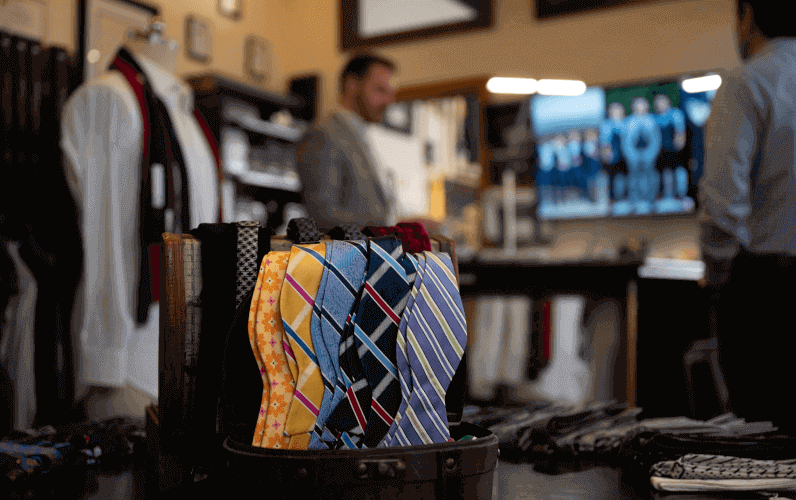Welcome to Elements of a Custom Shirt – Styling, an installment of our guide to custom shirt elements. If you’d like to see the other articles in the series, click on any of the links below:
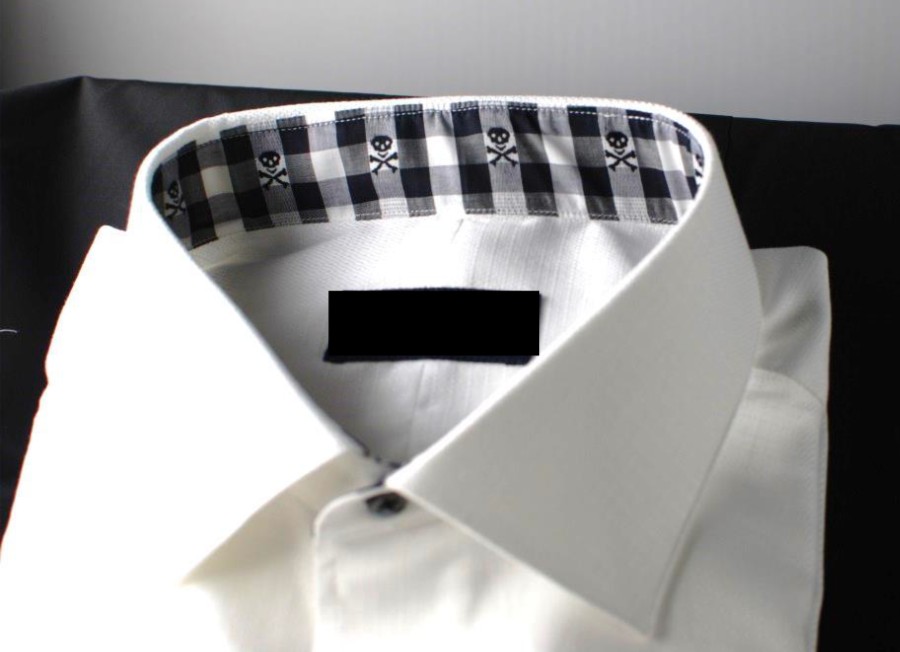 This post will focus on the different ways you can put your personal style flourishes onto a shirt. If we compare shirt design to building a home, then fabric is the same as the foundation. Collar and cuffs are your kitchen and bathrooms. For the purposes of this discussion, “styling” would be synonymous with paint color, molding, and other finishing touches.
This post will focus on the different ways you can put your personal style flourishes onto a shirt. If we compare shirt design to building a home, then fabric is the same as the foundation. Collar and cuffs are your kitchen and bathrooms. For the purposes of this discussion, “styling” would be synonymous with paint color, molding, and other finishing touches.
The little details make a big difference.
Custom Styling Options
The beauty of the custom clothing world is that you can craft clothes that complement your personality. What could be more personal than a shirt made explicitly for you, with unique details even luxury ready-to-wear brands may not utilize?
We’ll focus on three more common styling components here: monograms, contrast fabrics, and button(hole) orientation. Keep in mind that we can create any detail you see in the pictures here. Also, what you see here is only a fraction of the capabilities. Contact us anytime to learn more.
Monograms on Men’s Shirts
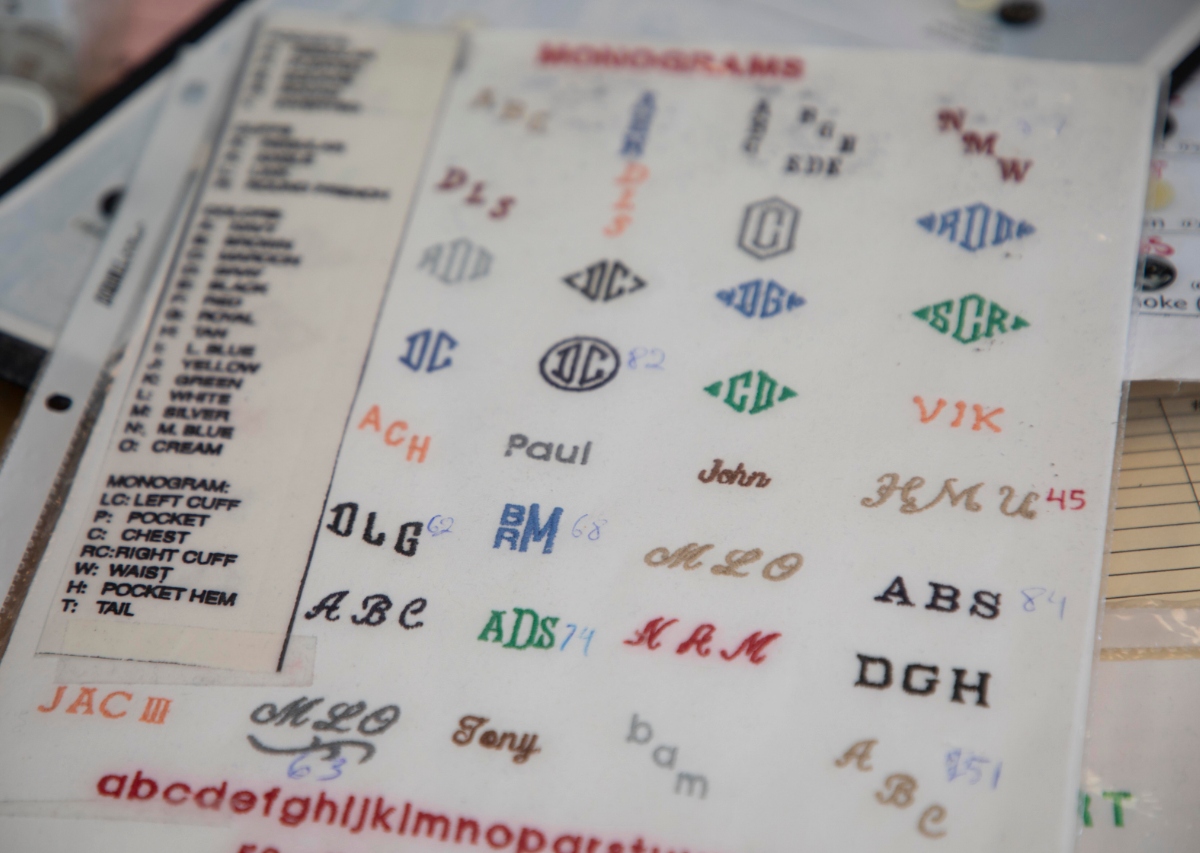
A Brief History
Monograms were originally placed on men’s dress shirts for identification when taking them for cleaning. Traditionally, men would only wear a white or blue dress-shirt which could easily get mixed up when taken to the dry-cleaner. A monogram on the shirt ensured it found its way back to its proper owner.
The monogram was not meant to be a status symbol and therefore was placed on the front waist of the shirt. Here it was hidden; traditionally businessmen would never remove their jackets during the day, and would always have them buttoned when standing.
Today, monograms have found their way to various placements on the shirt and, when seen, are perceived in three main ways:
- The majority of people today (we venture around 80% or greater) will see a monogram and assume that it’s a custom-made shirt. This assumption works in your favor. It sends a message that you are successful and understand the importance of an investment in yourself through custom made clothing. Success is an attribute that will always draw others toward you.
- The second perception category falls to those who will think it is pretentious (we estimate about 15% or less). These individuals perhaps don’t understand the investment of clothing, or simply don’t agree with it themselves. They may project their feelings about them onto the wearer when they notice it. While this group is a minority, it’s still important to be aware of this perception and how to mitigate it through font and color choice, as well as placement.
- The smallest perception category (5% or less) will be those who just completely overlook the detail of a monogram and don’t consciously register that it’s there. This category clearly has no bearing in creating either a positive or negative impression with this audience.
Placement / Location
So the question remains, “if I choose to have one, where should I place my monogram on a custom dress shirt?” The answer to this is one of personal preference. We love the placement on the shirtwaist, which keeps it somewhat hidden with a jacket on and shows an understanding of clothing tradition. It’s subtle, sophisticated, and elegant all at the same time.
These days, more often than not, men will place their monogram on a shirt cuff. When deciding on the left vs. right cuff, we at Henry A. Davidsen always recommend the left cuff. Since it is commonplace to shake hands with our right hand, we want to avoid the subconscious perception of “shoving” the monogram in someone’s face. With monograms assumed to be a certain status symbol that one can afford custom clothing, placing the monogram on the left cuff keeps it in a more visible place, yet maintains the subtleness that it’s there for you and not to scream at your audience.
There are other “standard” placements for monograms like breast pockets and tails, but you can literally put them anywhere on a shirt. Certain off-the-rack brands will offer a monogram option on non-custom dress shirts, so the presence of a monogram doesn’t guarantee the shirt was custom made. Whether your shirt is custom made or not, if a monogram is present it’s important to understand its effect on your audience.
Font & Color
Any brand offering monograms will have a set of styles, fonts and colors you can pick from. No one style is right or wrong, it’s completely personal to what speaks to you. After selecting a font and the initials to use, you choose what color thread will be used to embroider the monogram.
There are no rules for deciding which color to choose. More conservative clients will gravitate toward more monochromatic, or tone-on-tone, choices: silver or light grey monograms on white shirts, medium blue monograms on light blue shirts, and the like. If your shirt has a pattern with color, matching the monogram color to a color in your shirt is always a smart look. Finally, some men prefer bold contrast for its own sake.
Some standard monogram fonts are simple block letters, others are more intricate designs that work your initials into them. It’s strictly personal preference.
Custom Monograms
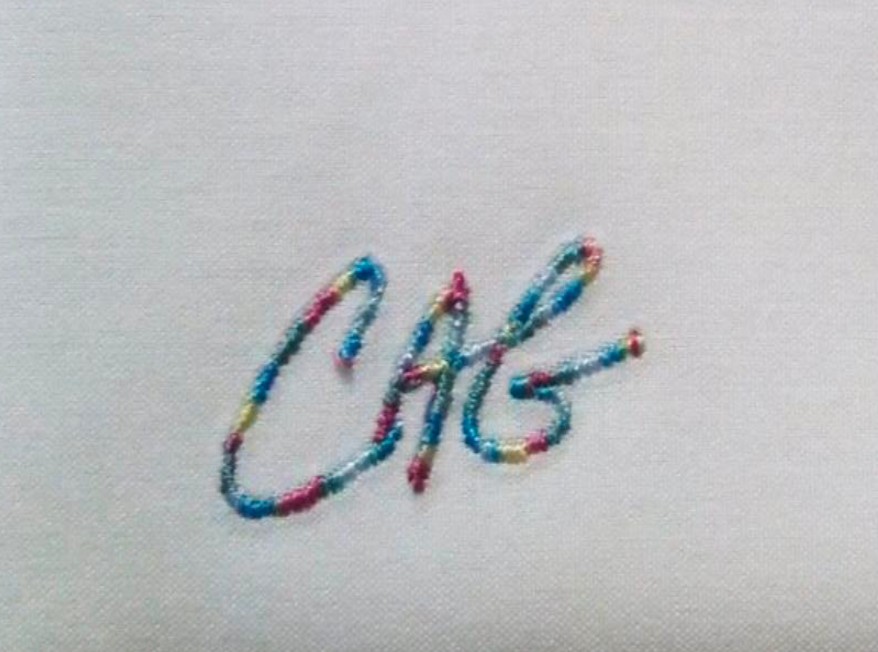 Lots of our clients opt for custom monograms, which is where we take your handwritten signature or initials and use it in place of a default font. Like a standard monogram, you can select the color(s) of a custom monogram, as well as where it’ll be placed on the shirt. You can even get your company logo monogrammed into a shirt.
Lots of our clients opt for custom monograms, which is where we take your handwritten signature or initials and use it in place of a default font. Like a standard monogram, you can select the color(s) of a custom monogram, as well as where it’ll be placed on the shirt. You can even get your company logo monogrammed into a shirt.
Contrast Fabrics
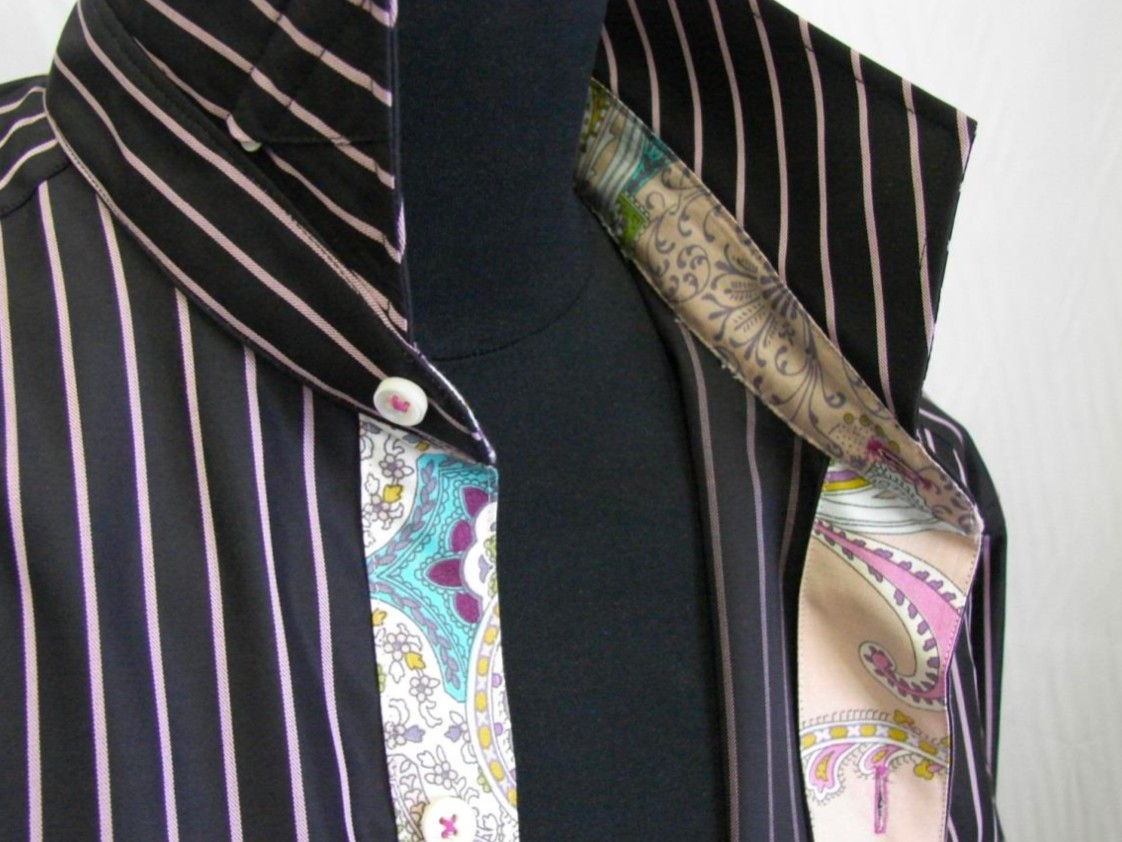 One way to amp up the design of a custom shirt is to use contrasting fabrics in key areas. Ready-to-wear shirts are sometimes made with insides of collars and cuffs different from the rest of the shirt. This is fun, but you’re limited to what a buying team wanted to see for a given collection. When you can select your own, it provides an avenue for expression that can’t be rivaled.
One way to amp up the design of a custom shirt is to use contrasting fabrics in key areas. Ready-to-wear shirts are sometimes made with insides of collars and cuffs different from the rest of the shirt. This is fun, but you’re limited to what a buying team wanted to see for a given collection. When you can select your own, it provides an avenue for expression that can’t be rivaled.
Button(hole) Orientation
In addition to picking out the buttons themselves, you can decide how the buttons will be arranged on the shirt. A single row of evenly-spaced buttons on a front placket is standard, but custom shirts offer the option to double- or even triple-stack your buttons. A lot of our clients will even mix orientations, so take a look at the pictures for inspiration.
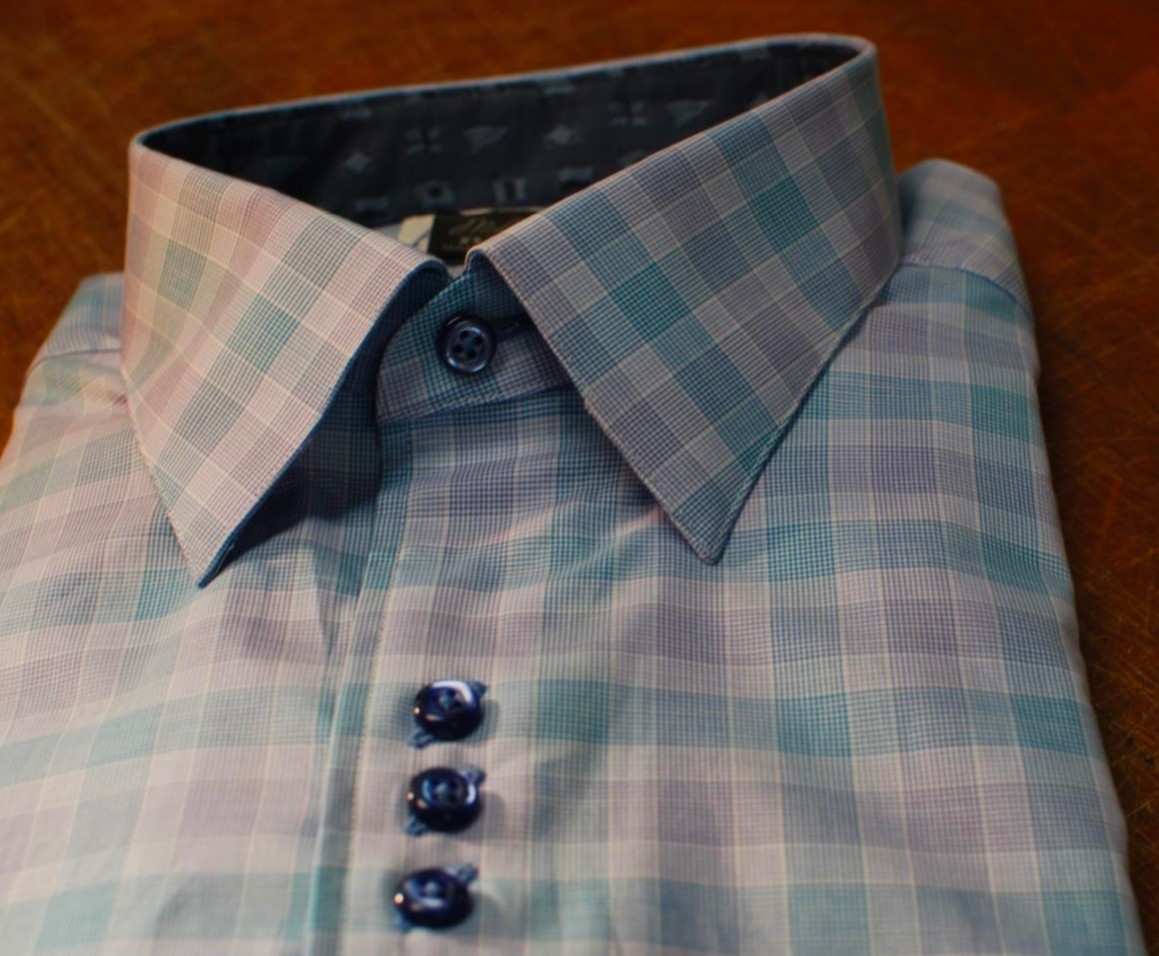 The orientation of buttonholes themselves can also be adjusted. Buttonholes are typically set at a vertical 180° angle: a straight up-and-down line. A quiet way to add to your shirt’s style is to angle those buttonholes at 45° or even 90° angles. Changing the buttonhole thread color will draw more attention to it. Leaving it “self-colored” will make sure the angling is noticed only by the keenest of eyes.
The orientation of buttonholes themselves can also be adjusted. Buttonholes are typically set at a vertical 180° angle: a straight up-and-down line. A quiet way to add to your shirt’s style is to angle those buttonholes at 45° or even 90° angles. Changing the buttonhole thread color will draw more attention to it. Leaving it “self-colored” will make sure the angling is noticed only by the keenest of eyes.
Conclusion
There’s a lot to consider when designing custom shirts. As we mentioned above, this post only talks about some of the options you have. We advise you to take advantage of the custom process to make your clothes the best representation of you. Whether this means intricately designed, or understated and simple, is for us to help you discover during the consultation and design process.
Please feel free to browse our other Elements of a Custom Shirt posts:
